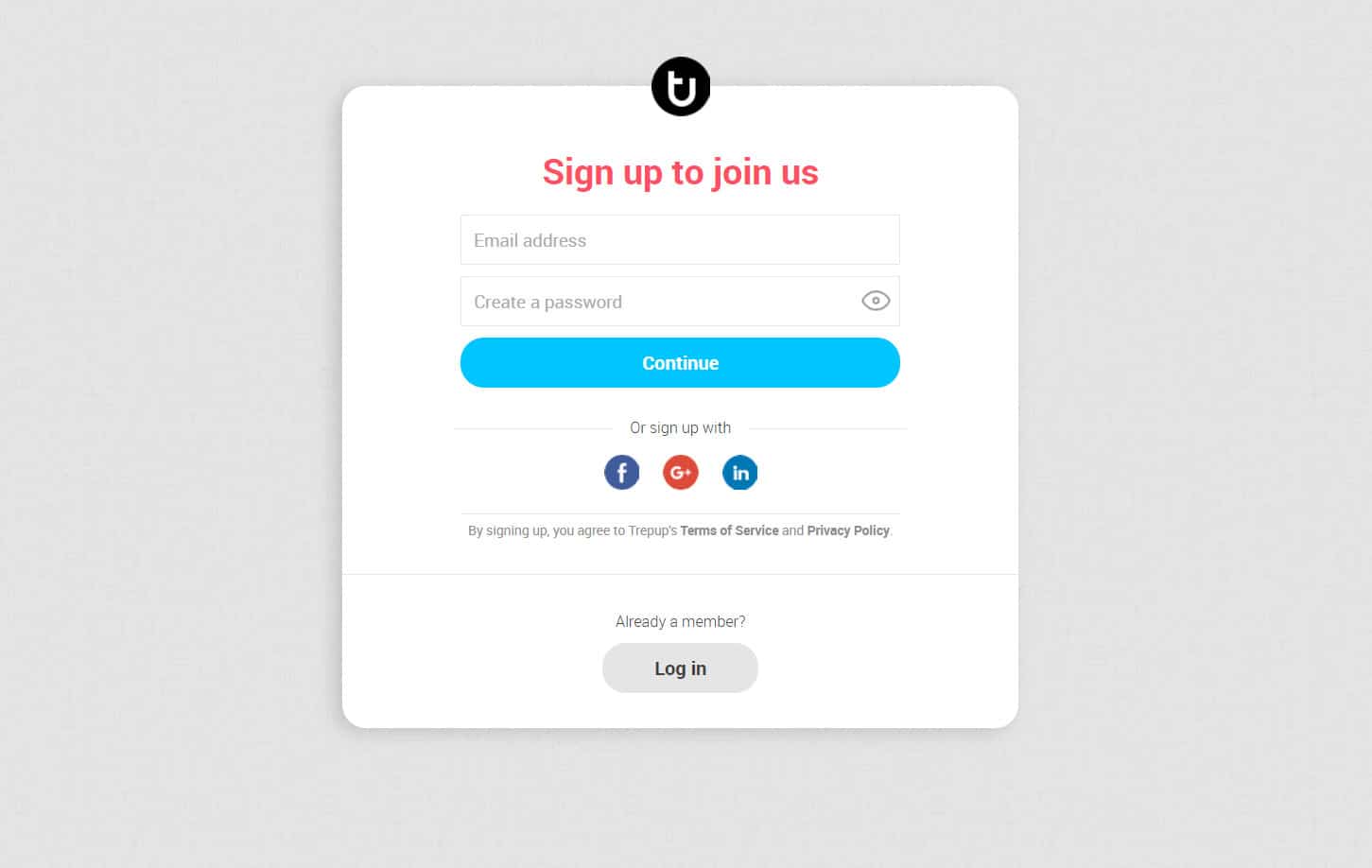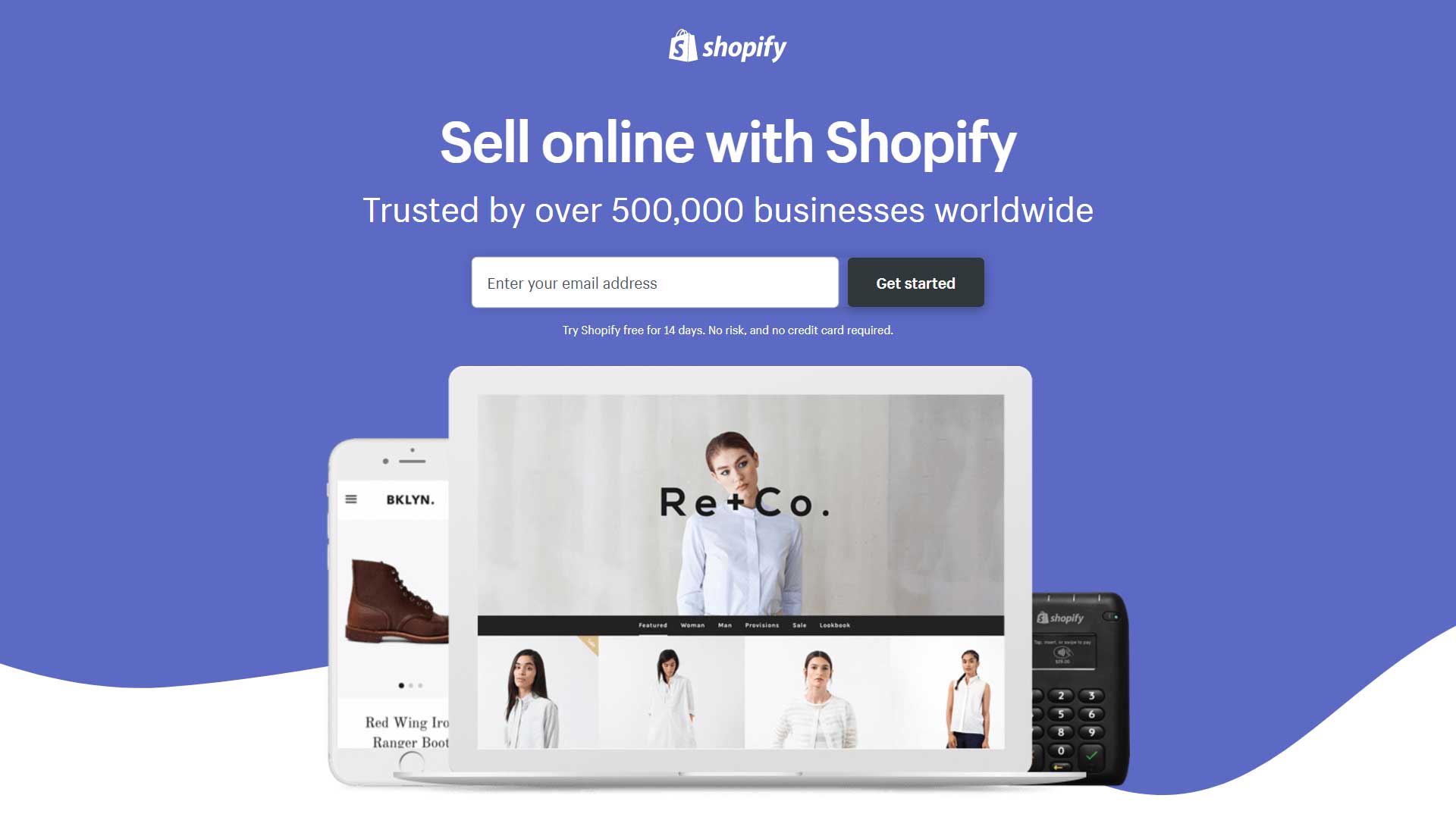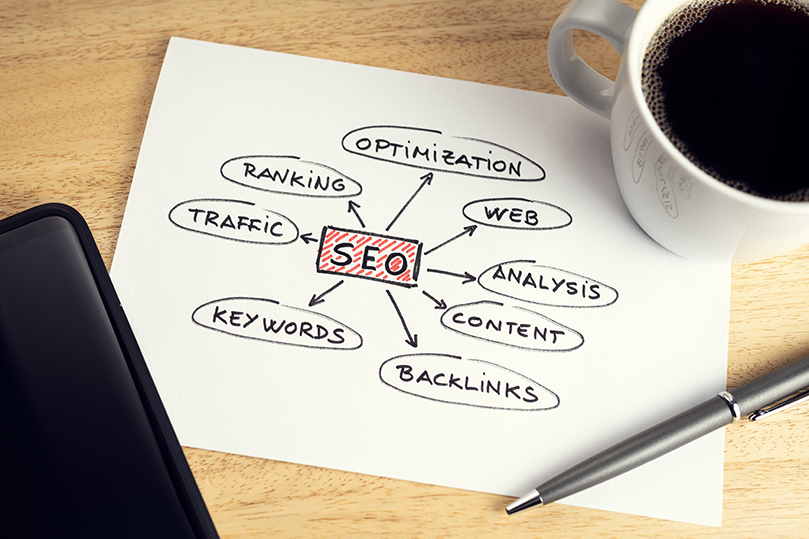How do you get your Ads in the Facebook feeds of those who are most likely to use your products? How do you get these users to click your Ads, or more importantly, how do you get them to purchase your product, service, signup for your newsletter or register for your event?
In this guide, you’ll learn how to run a successful marketing campaign on Facebook by effectively using the available Facebook Ads targeting options. I’ll also cover the most common mistakes Facebook marketers make, and the biggest factors that determine your Ad’s success.
Advertising on Facebook
One of the best things about advertising on Facebook is the number of targeting options available for connecting with its huge user base. There are over 1500 data points, and the number is still growing. Facebook Ads can be targeted at users based on their demographics, interests, profile information and behaviour – and many of these targeting options are only available on Facebook due to the amount and type of information it has on its users.
Facebook Ads come in several varieties and they can be used to promote your website, Facebook business page, or posts on your page, with the most common form of advertisement on the platform being Native Ads. Native Ads are basically paid placements that appear within the content – and aren’t meant to distract or disrupt the user’s experience. Native Ads are meant to appear like content – or at least appear within a user’s content feed.

Should You Advertise on Facebook?
Many businesses, startups, and entrepreneurs do not succeed at Facebook Advertising because their line of business is not a good fit for the platform. You should always consider your business’s target demographic, tone and general fit and the to the network. A Business Consulting firm with a client base of corporate bodies and other related professionals would have much better chances of success advertising on Linkedin rather than Facebook.
How to Use Facebook Ads
Facebook Advertising should be used primarily to generate demand and not directly fulfill it, as most users are on Facebook to connect with their family and friends – not to find new products and services to buy. Users clicking on Ads to your website on Facebook aren’t usually looking to make a direct purchase; they clicked your ad on a whim and if you’re relying on them to immediately buy something so as to make your Ad’s return on investment (ROI) positive, your Ads will not be effective.
Facebook Advertising should be used primarily to generate demand – and not directly fulfill it.
Most businesses that are successful with Facebook Advertising try to persuade users to sign up, register or drop their contact details and not to buy. Facebook users are fickle and are likely to click back to Facebook if you ask for a big commitment (purchase) up front; instead, you should stick to relatively simple conversions like getting users to sign up for your newsletter, submit an email address or fill out a short lead form.
Even if your business primarily sells products and no services, your goal should still be on an intermediate form of conversion like requesting a call-back or a signing up for an offer; then you can up-sell later through phone calls and email marketing.

Facebook Ads Design
The best performing Facebook Ads are those that include an enticing value proposition, are created using catchy high quality images, and contain a clear and legible call to action. For maximum Ad visibility, your Ad designs should be well within the Facebook Ads design guidelines.

How to Effectively Target Facebook Ads
The most common mistake online marketers make while creating Facebook Ad campaigns is not taking advantage of the platforms unparalleled targeting options. On Facebook you can target users using either of or a combination of the following criteria:
- Demographics
- Interests
- Connections
- Behaviours
- Remarketing

Each and every option can be useful and the criteria you use should depend largely on your desired audience; however, more than a few case studies show that the most effective marketing campaigns are those that target a specific demographic in conjunction with interests.
User Demographics
If you make use of any form of User Analytics on your website – like Google Analytics or Kissmetrics, you will be able to accurately determine your user demographics. If you intend to advertise a new product, service or event you will have to rely on the audience you chose during your Market Research.
The following are some of the most effective targeting options under the user demographics category:
- Location: allows you to target users in a particular country, state, or city that you service.
- Age and gender targeting should be based on your market research or existing customers. If young ladies aged 18 to 28 constitute the larger part of your customers, start out targeting them only. If targeting this group proves to be profitable, you can then expand your audience.
- Life events: The goal here is to place your Ads in the feed of users who are certain to require your products and services due to a certain life event. As an example, events like an upcoming birthday, being newly engaged or an Anniversary within 30 days will be of particular interest to cake-makers, event planners and retailers of related products.
User Interests
Interest targeting is one of the most powerful but often misused and underutilized feature of Facebook Ads. When creating an Ad on Facebook, you have two distinct targeting options as regards user interests: Precise interests or Broad categories.
Broad Category Targeting:
Broad ‘general‘ interests which include topics like Sports, Music, Phones, Gardening, Movies, and Consumer electronics, may seem like an effective way to reach a large audience; however, Ads directed at such broad interests often cost way more than those targeting a single niche within the same category, and and a lower percentage of users reached are likely to be interested in your product or service. You should avoid using Broad Category targeting as much as possible.
Precise Interest Targeting:
Precisely targeting users interests allows you to take advantage of information already included in their profiles including:
- Listed interests
- Pages they like
- Apps they use
- Other profile (timeline) content provided to Facebook
As seen in the infographic above, Facebook has an amazing array of interests to target – the difficult part is choosing the right ones. You can learn more about how to make use of detailed targeting here: facebook.com/detailed-targeting
When targeting users using precise interests, Facebook provides you with the size of your potential audience and other suggested likes and interests, and once you select interests for an ad, Facebook will show you an aggregate suggested bid – this will give you an estimate of how much your campaign will cost and you. You will get the best returns on your Advertisement budget using Precise Interest targeting.
You may also be interested in:
“How To Setup Google Analytics For Your Website”
“Evaluating Demand For Your Products & Services Online“
“Content Marketing Strategies – A Brief Overview”
Common Facebook Advertising Mistakes
Many marketers often make the mistake of targeting the largest groups possible. These groups are more expensive, less targeted and returns on this sort of investment will be minimal.
Rather than target broad terms like “football” or “music,” focus on specific interests. Find out which magazines and blogs your customers read, pages they like on Facebook, who they follow on Twitter, and the sort of products they buy and use this information to select your targets. If you use hyper-focused interests like these, you’ll reach the people who are most interested in your topic and the most willing to spend money on it.
Landing Pages & Websites
Getting users to click to your site is just the beginning, you’ll still need to convert those clicks into signups, calls or any other goal you had set out to achieve.

You should always ensure to setup a high-converting, targeted landing page before you begin your campaign – this is where you’ll be sending users who click on your ads . You know your targets age, gender, and interests, so show them a page that will solve their problems.
Your landing page should contain a registration form, a number submission field or an email submit box that you’ll track as a conversion and focus the landing page on this action, not the later sale. If you want visitors to sign up for your newsletter, show them the benefits or offer a free gift in return for their email.
Also remember to integrate a website analytics tool like Google Analytics into your landing page so you can keep track of where your users are coming from and the actions they take while on your site.
Final Considerations & Conclusions
Despite the steep learning curve, advertising on Facebook is a great marketing channel for the right type of business. As a recap some of the more important points to remember are:
- First of all ensure that your line of business is a good fit for the platform
- Target specific interests not broad categories
- Use eye catching images & well written copy
- Give users a low-friction conversion
- Keep track of everything
After a few weeks of learning what kinds of Ads and targets work best for your business, you should be able to generate a steady source of conversions from Facebook.
Create your first Facebook Ad at Facebook.com/advertising.
Ascend is a Website design & Digital Marketing Agency based in Abuja – Nigeria; we are specialists at launching social media marketing campaigns specifically designed to increase product sales, traffic or followers. Contact us to find out more.
Related Posts
March 22, 2022
Elements of A Well-structured & Search Engine Optimized Page
Creating SEO-optimized content requires…
October 9, 2018
Content Marketing Strategies – A Brief Overview
One of the most cost effective ways to…
October 9, 2017
Evaluating Demand For Your Products & Services Online
Validating demand is important because…
October 9, 2017
How To Setup Google Analytics For Your Website
Google Analytics helps you collect data…



